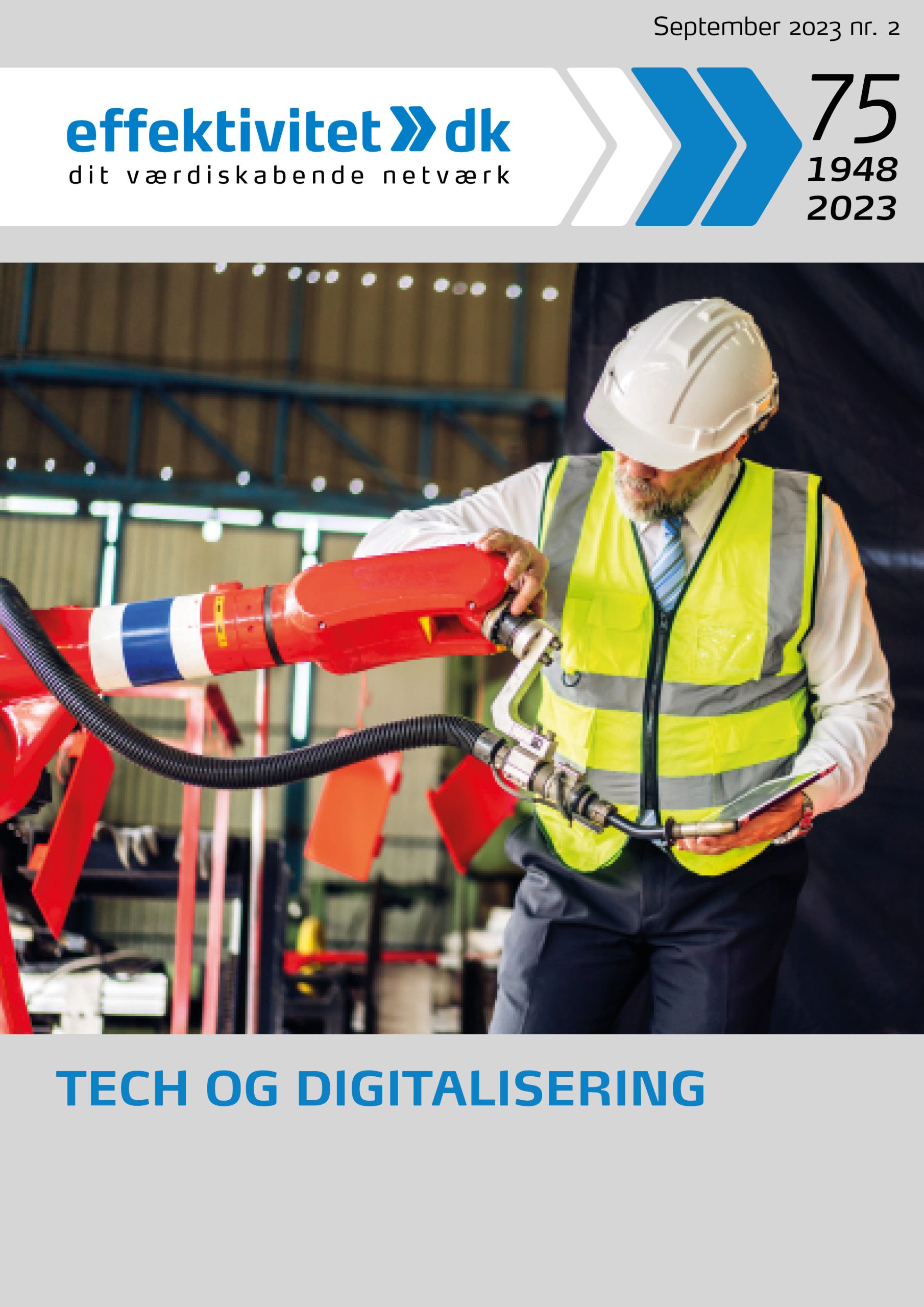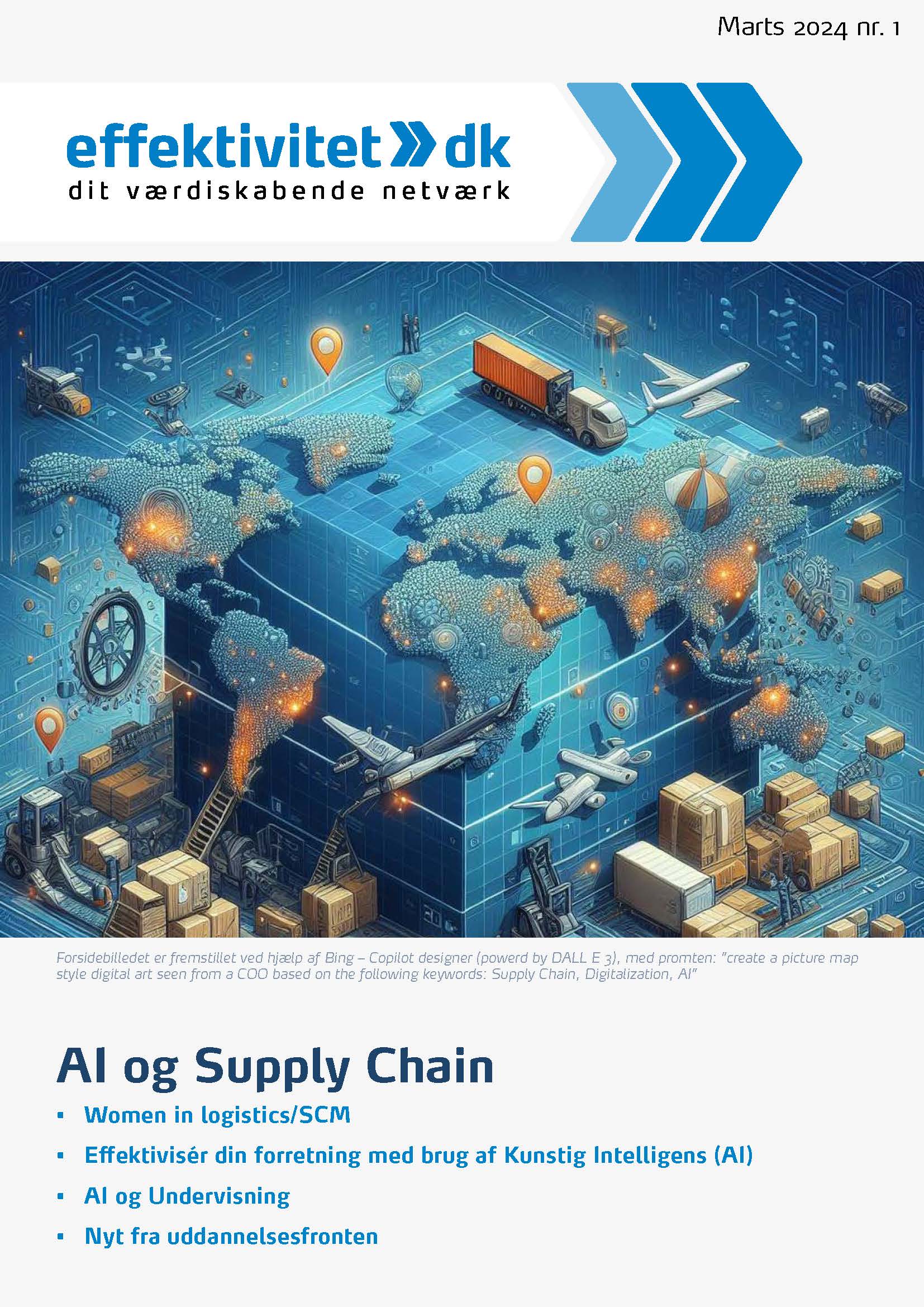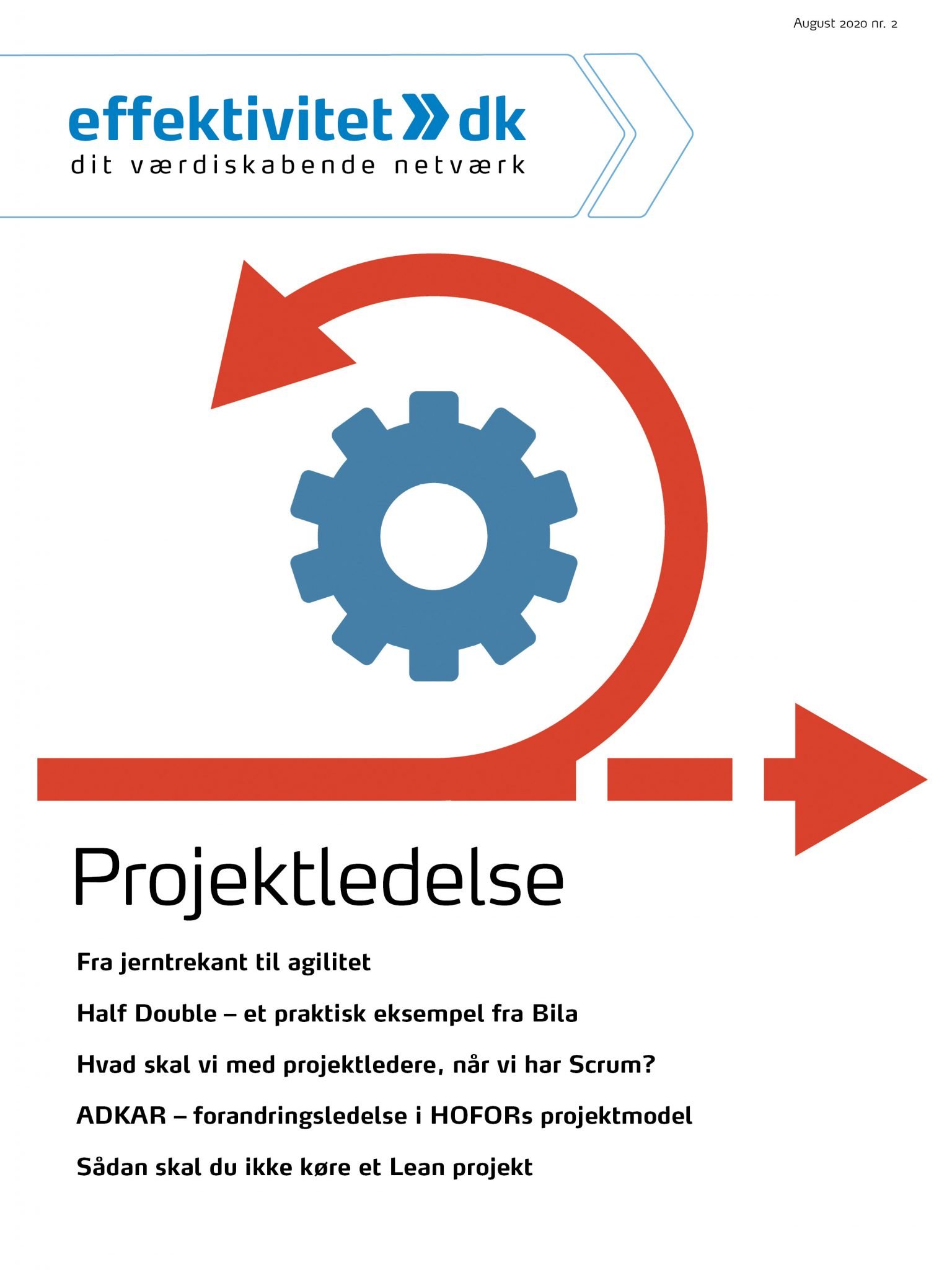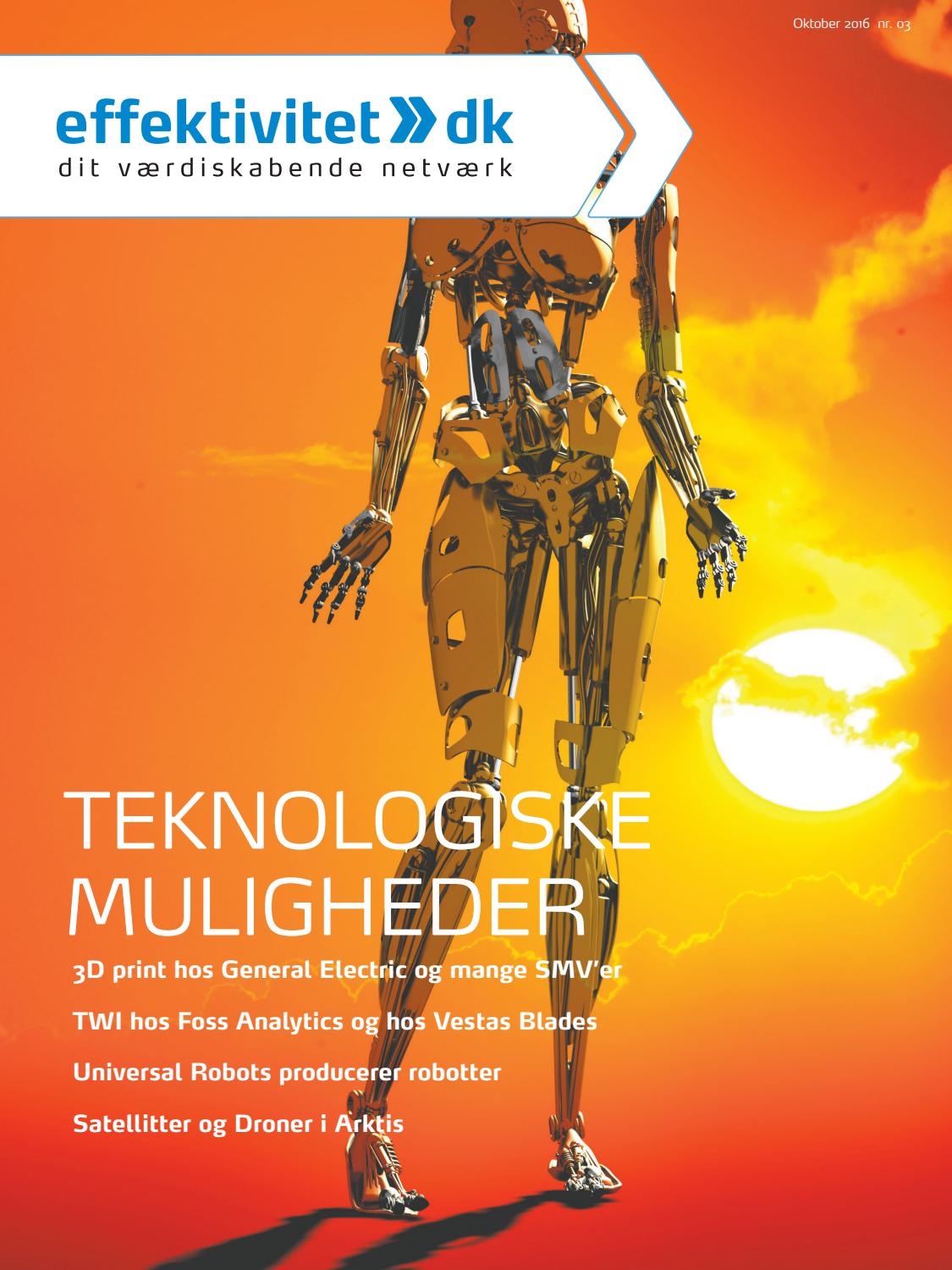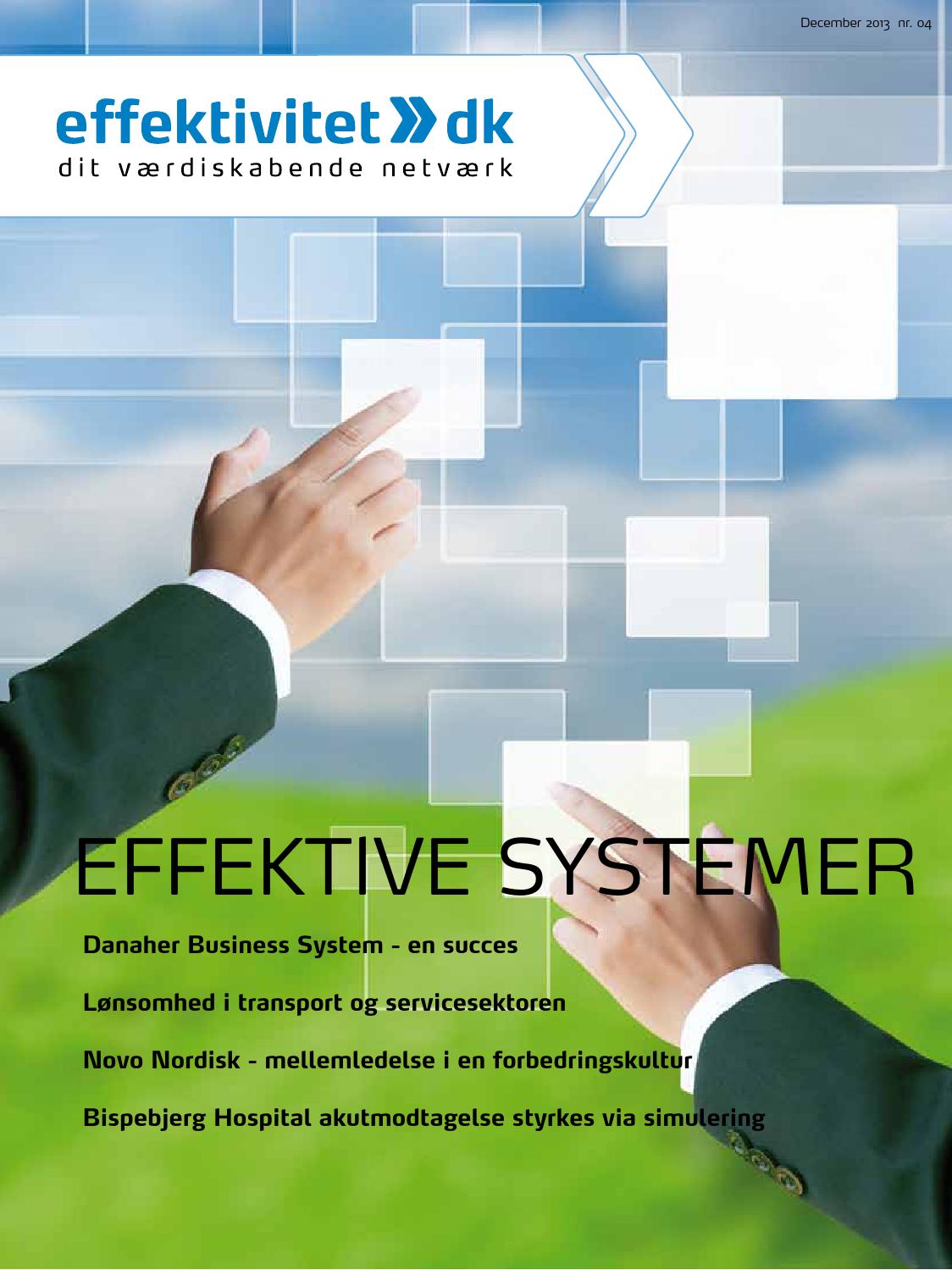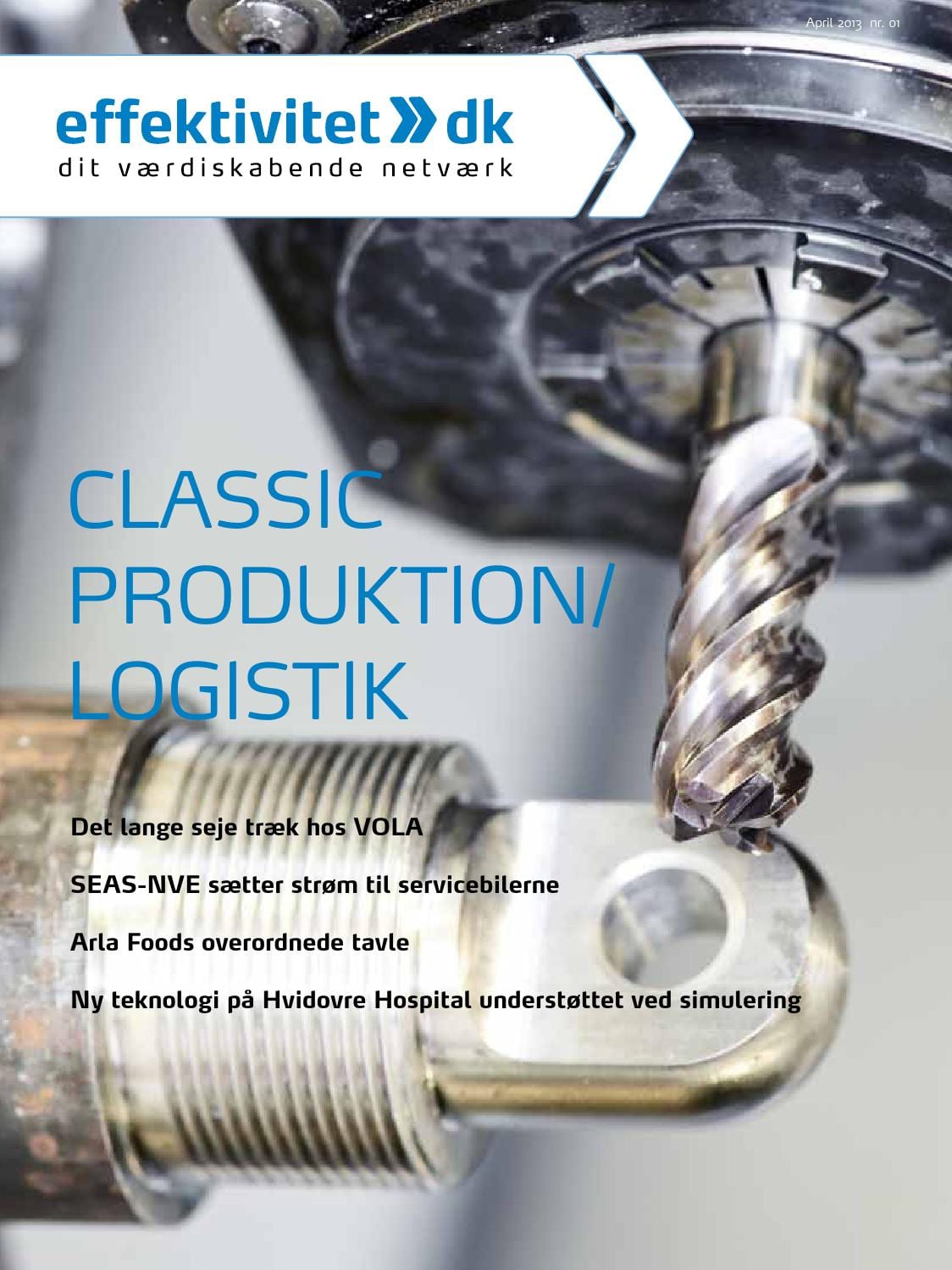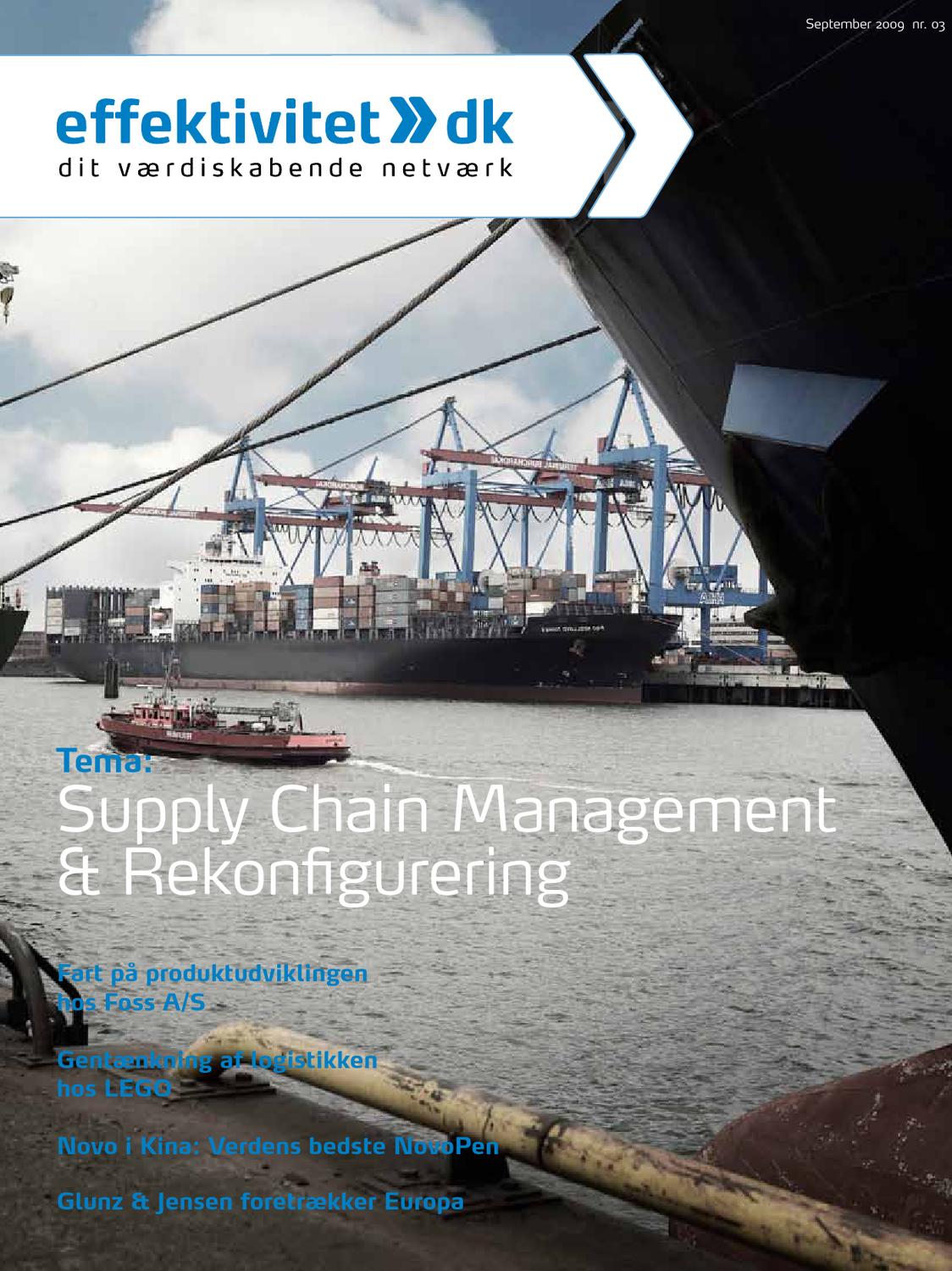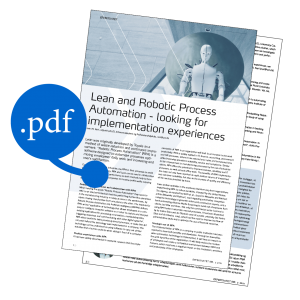 Lean was originally developed by Toyota as a method of waste reduction and continuous improvement. “Robotic Process Automation” (RPA) is a software designed to automate processes optimizing employees’ daily work and increasing end user’s satisfaction.
Lean was originally developed by Toyota as a method of waste reduction and continuous improvement. “Robotic Process Automation” (RPA) is a software designed to automate processes optimizing employees’ daily work and increasing end user’s satisfaction.
Companies from different industries use RPA in their processes to avoid waste and increase efficiency. RPA and Lean can be used in collaboration to improve productivity and performance as both methods help to form better processes to permit companies to increase profits while reducing waste.
Automation of processes and collaboration with RPA
When reading the words “Robotic Process Automation” they seem to refer to an electromechanical machine performing human-like operations in the manufacturing industry, or lately as seen in the warehouses, by robots moving merchandise from one place to the other. The Institute for Robotic Process Automation and Artificial Intelligence (IRPAAI) defines RPA as the “application of technology that allows employees in a company to configure computer software or a ‘robot‘ to capture and interpret existing applications for processing a transaction, manipulating data, triggering responses and communicating with other digital systems”. RPA either performs tasks previously done by humans, or tasks that did not exist before this technology was implemented in a company. This technology can be understood as using software to carry out similar activities that a human could do when sitting in front of a computer.
Positive experiences with RPA
It has been widely documented in academic research that the implementation of RPA in an organization will lead to an increase in the work productivity. RPA is widely applied in IT, finance, accounting, procurement and HR processes, where it has reduced error rates and turnaround time while improving operations scalability, service and compliance. Similar to the improvement in manufacturing processes by the use of industrial robots, RPA offers the potential to improve business, workflow and IT processes, as well as back-office work. The benefits of RPA implementation have not only been reported as rapid positive returns of investment and real-time scalability, but also as the increase of quality and efficiency of the services provided by them.
Case studies available in the academic literature vary from organizations implementing RPA to reduce penalties, imposed by the United States Tax Agency, as reported by Sethi et al., (2020) to Wewerka and Reichert article (Wewerka and Reichert, 2021) regarding automotive companies using the technology to generate orders and construction reports, and a bank automating Adverse Media Screening to avoid risk of exposure from clients, by Villar and Khan. Not only the commercial sector is prone to using RPA tools to automate manual processes. It has been illustrated by de Castro Silva and de Oliveira’s case of a public university (de Castro Silva and de Oliveira, 2015), which had the need to improve the flow of administrative tasks and to optimize the use of financial resources.
Strategic use of RPA
The implementation of RPA in a company or public institution has been reported to have both benefits and drawbacks. Among the downsides, when automation technology is implemented, it will have an impact on the work dynamics of the organization. It will likely reduce the number of employees and create a competitive environment between RPA and humans, which may have a negative impact on the motivation, emotions and productivity of the employees.
Although in some cases RPA will replace humans in office-related tasks, there are certain situations, where the robots cannot perform tasks that humans do, such as analytical work, or tasks where the collaboration between humans and robots boosts the existing dynamics of a company. It has been argued that the processes that can be automated follow a Pareto distribution, in which 80% of repetitive processes can be economically automated using RPA, while the less frequent tasks have to be handled by humans, because automating them is too expensive.
Among the reported effects of implementing RPA in a company are that the employment reduction is balanced by the new jobs created, such as RPA operators and programmers, RPAs may not lead to a net reduction in staff, but an automation of repetitive tasks. RPA can also change the nature of existing jobs by either complementing the activities, developed by humans with robots, or by robots taking on the tasks that humans dislike. Lacity and Willcocks (2017) illustrated the latter by the case of a news outlet automizing production of corporate earnings reports, which were highly disliked by the writers, thus liberating them to concentrate on creative work. The company increased the output of both, news and earnings reports, with a positive impact on the organization’s revenue.
Most organizations have repetitive tasks that could be automated in order to free employees to do meaningful activities or let them concentrate on the core competences of the organization. Examples are: extracting data from documents, data migration/entry and forms processing, merging data from multiple sources, onboarding employees, reading and writing to databases, pulling data from multiple websites (including social media), among others.
Implementation and integration
Implementing RPA in organizations, it is pivotal to have the support from management and a well-planned implementation strategy, and a plan to adapt the workforce to the new automated tasks. Support from management is crucial, as case studies have reported that RPA endeavors, only having divisional or IT level support, will not be treated as a strategic move, but more as a curiosity. Additionally, as suggested by Wewerka and Reichert (2020), the processes to be automated have to fulfil some criteria, such as having a repetitive nature, having been already standardized, and requiring minimal intervention from humans.
Effective change management and communication strategies shall also be in place to increase the awareness of how RPA will affect the work dynamics of the employees. What should be avoided is to implement RPA just to follow technological trends without a real fit into the organizational processes. In addition, the expectation to achieve rapid gains may hinder the full benefits of implementing the technology.
Status of academic research
Currently, the topic of RPA is deeply rooted in the practical field contrasting to the academic area. Most of the available literature on the topic consists of guidelines and reports offered by vendors, which are evidently prone to biased information. An explorative look into the academic research renders that almost half of the RPA publications consist of non-peer reviewed white papers. This indicates that the topic is in early stages of academic research, hence providing an opportunity for scholars to help building the theoretical foundations in the subject by conducting case studies to assess the applicability of the software and the paths that companies have followed to implement the tool.
In the Department of Technology and Process at the UCL University College in Odense, we are conducting one of such qualitative studies, which includes Danish companies and public institutions, where we investigate how the introduction of office robots affects the dynamics and performance of the investigated organizations.
If you have implemented RPA and want to share your experiences, we would like to hear from you. Please contact us: Ivan M. Neri (neri@ucl.dk) or Maria Windt Jul (mjul@ucl.dk).
Bibliography
de Castro Silva, S.L.F. and de Oliveira, S.B. (2015), “Planning and scope definition to implement ERP: The case study of Federal Rural University of Rio de Janeiro (UFRRJ)”, Procedia Computer Science, Elsevier, Vol. 64, pp. 196–203.
Lacity, M.C. and Willcocks, L.P. (2017), “A new approach to automating services”, MIT Sloan Management Review, Massachusetts Institute of Technology.
Sethi, V., Jeyaraj, A., Duffy, K. and Farmer, B. (2020), “Embedding Robotic Process Automation into Process Management: Case Study of using taskt”, AIS Transactions on Enterprise Systems.
Villar, A.S. and Khan, N. (2021), “Robotic process automation in banking industry: a case study on Deutsche Bank”, Journal of Banking and Financial Technology, Springer, pp. 1–16.
Wewerka, J. and Reichert, M. (2020), “Robotic Process Automation–A Systematic Literature Review and Assessment Framework”, ArXiv Preprint ArXiv:2012.11951.
Wewerka, J. and Reichert, M. (2021), “Robotic Process Automation in the Automotive Industry-Lessons Learned from an Exploratory Case Study.”, RCIS, Springer, pp. 3–19.
Dansk Resumé
Robotic Process Automation (RPA) er en teknologi, der muliggør, at computere kan udføre de samme handlinger, som et menneske kan på computeren. RPA og Lean bidrager til at forbedre produktiviteten og ydeevnen, da begge metoder giver virksomheder mulighed for at øge overskuddet, kvaliteten og effektiviteten af deres ydelser, samtidig med at spild reduceres. RPA er bredt anvendt inden for IT, økonomi, regnskab, indkøb og HR-processer. Selv om det er påvist, at implementeringen af RPA i en organisation medfører en stigning i arbejdsproduktiviteten, er det samtidig blevet afdækket, at implementeringen af RPA kan påvirke medarbejdernes motivation, følelser og produktivitet på en negativ måde. Når RPA implementeres i en organisation, er det afgørende at have ledelsens opbakning, samt at have en planlagt og veltilrettelagt implementeringsstrategi og en plan for tilpasning af arbejdsstyrken til de nye, automatiserede opgaver. RPA er et relativt nyt forskningsområde, hvilket giver akademiske forskere mulighed for at lægge det teoretiske fundament gennem undersøgelser af implementeringen af RPA, så man kan vurdere anvendeligheden af softwaren og de veje, som virksomheder har fulgt i implementeringen af værktøjet.



